Understanding the Landscape of Autism in Europe
Autism spectrum disorder (ASD) affects approximately 1 in 100 Europeans, with increasing awareness, improved diagnostic practices, and robust advocacy efforts shaping the continent's approach to inclusion, support, and research. This article explores the prevalence, policies, societal perceptions, key initiatives, and ongoing challenges surrounding autism in Europe, highlighting the vital role of organizations, events, and policy frameworks in fostering acceptance and enhancing quality of life for autistic individuals.
Prevalence and Epidemiological Trends of Autism in Europe
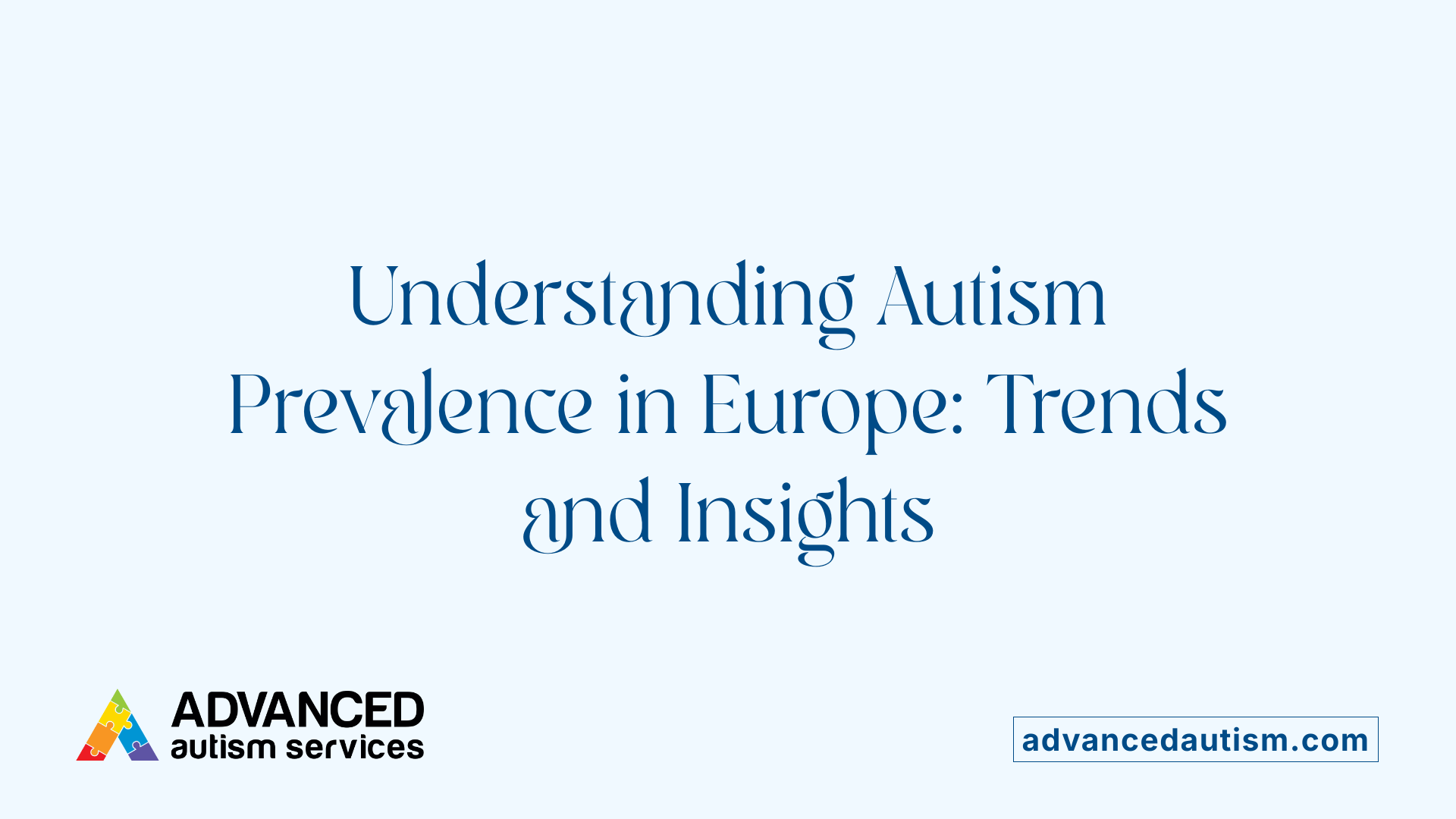
What is the prevalence of autism in Europe?
Recent research estimates that around 0.8% to 1.4% of young people in Europe are affected by autism spectrum disorder (ASD). These figures come from large studies and systematic reviews, with prevalence among children aged 5 to 18 years generally being around 1%. Overall, it's believed that approximately 1 in 100 people in Europe have autism.
This increasing trend over the last few decades is mainly attributed to improved awareness, changes in diagnostic criteria, and earlier detection methods. The prevalence varies significantly across different countries, influenced by factors such as diagnostic practices and reporting standards.
Men are diagnosed with autism roughly 3.5 times more often than women, which aligns with global gender disparities. While the figures are generally consistent with worldwide estimates, differences in data collection and diagnosis heavily influence the exact numbers.
Is autism increasing globally, and what might explain these trends?
There has been a notable rise in the number of diagnosed autism cases worldwide. For example, in the United States, reports show a 175% increase over a decade. This surge is largely due to expanded diagnostic criteria and increased awareness of autism.
Changes in screening practices have broadened the scope of who is diagnosed, including better recognition of cases that might have been overlooked earlier. Additionally, societal factors such as older parental age and preterm births may marginally affect risk; however, these do not fully explain the rise.
The trend of increasing autism diagnoses across genders and racial groups highlights that more individuals are being recognized now than before. Most experts agree that the rise in reported cases is primarily due to improved detection and awareness, rather than a definitive jump in actual incidence.
Variations and Influencing Factors
Across Europe, prevalence rates fluctuate between countries—from 0.3% in Poland to as high as 14.3% in Romania. Such variation underscores the impact of differing health policies, diagnostic practices, and cultural attitudes.
Overall, autism prevalence continues to grow, driven by better detection, expanding diagnostic criteria, and greater societal awareness. Ongoing research aims to refine understanding and address disparities, emphasizing the importance of early detection, intervention, and inclusive policies.
| Aspect | Prevalence Estimate | Notes |
|---|---|---|
| Overall European prevalence | ~0.8% - 1.4% | Based on recent studies and reviews |
| Prevalence in children | ~1% | Among 5–18-year-olds |
| Gender ratio | 3.5:1 (male:female) | Males are diagnosed more frequently |
| Country variability | 0.3% to 14.3% | Wide variation across countries |
| Recent trend | Increasing | Due to better awareness, diagnostics, detection |
Understanding these trends highlights the ongoing need for harmonized research protocols, early screening initiatives, and targeted support systems across Europe.
Approaches to Autism Diagnosis and Support Services in Europe
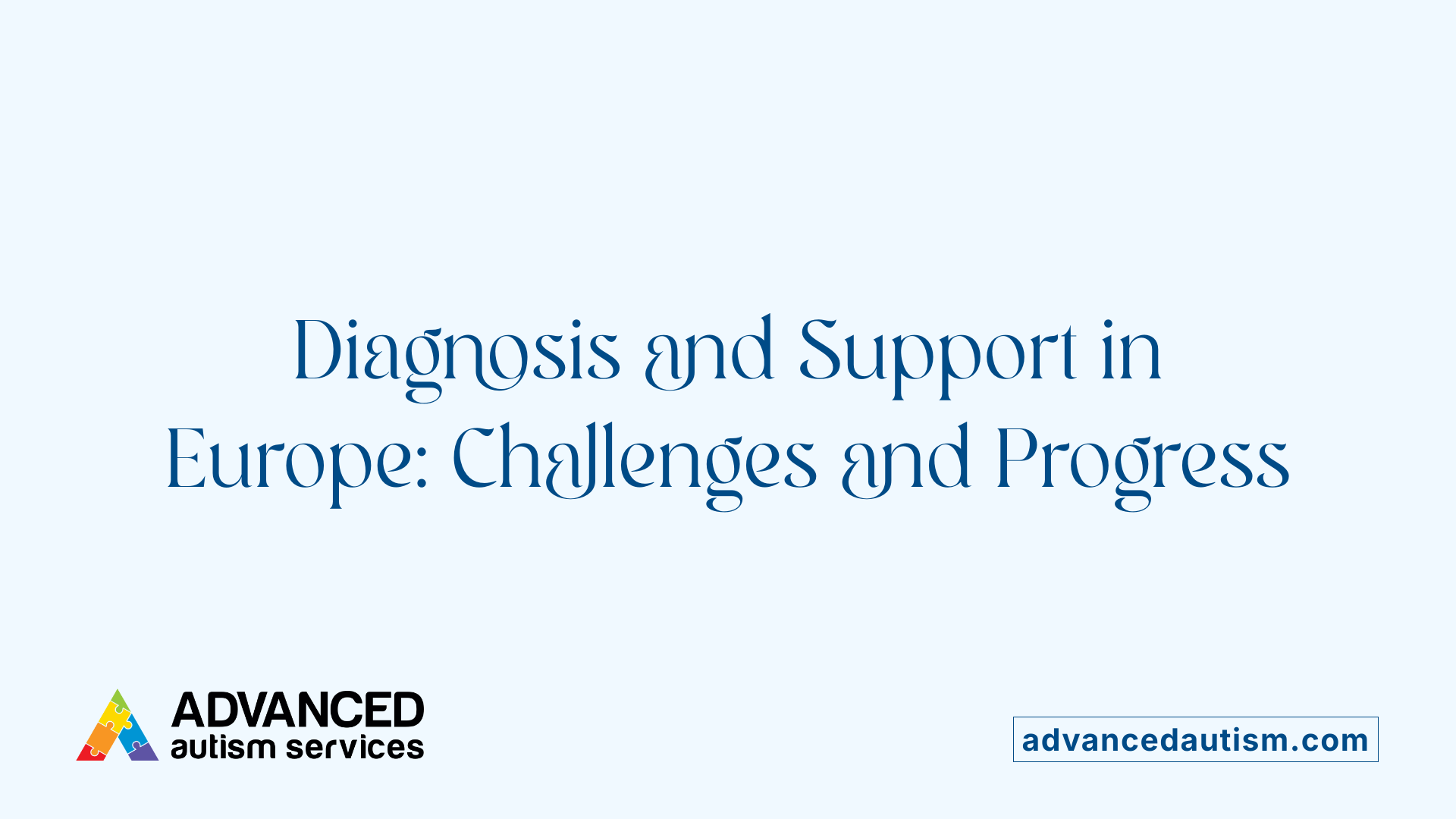
How does Europe approach autism diagnosis and support services?
Across Europe, autism diagnosis and support services are shaped by national policies, healthcare infrastructure, and available resources. While countries like Germany and Spain have made notable strides in providing accessible support, others such as Poland and the UK face challenges with inconsistent service delivery and long waiting periods.
Standard practices often follow internationally recognized guidelines, such as those recommended by the National Institute for Health and Care Excellence (NICE). Diagnostic assessments commonly employ standardized tools like the Autism Diagnostic Observation Schedule (ADOS-2) and the Diagnostic Interview for Social and Communication Disorders (DISCO), helping ensure consistency and accuracy.
Despite increased awareness and diagnosis rates—ranging from 0.3% in Poland to 14.3% in Romania—many autistic individuals encounter barriers when seeking support. Waiting times for publicly funded interventions can exceed several months, and access to specialized services is often uneven. Moreover, adults with autism may struggle to find ongoing educational and therapeutic support due to resource limitations.
Organizations like Autism-Europe and projects such as the Autism Spectrum Disorder in Europe (ASDEU) aim to improve early detection and intervention. They advocate for policies that reduce delays, increase service availability, and promote lifelong support to enhance quality of life.
What challenges do autistic individuals face in accessing services?
Autistic individuals frequently face significant hurdles, including lengthy waitlists for intervention services and limited availability of specialized programs. After diagnosis, many families report receiving insufficient information, guidance, and ongoing support, which can impede effective management of autism.
These challenges are compounded by disparities across countries in healthcare infrastructure, workforce capacity, and funding. In many regions, especially rural or underserved areas, access to timely and adequate services remains limited. This results in inconsistent experiences and additional stress for families searching for appropriate support.
To address these issues, efforts focus on policy harmonization across Europe, increased funding for autism services, workforce training, and early screening programs. Such initiatives aim to ensure that all autistic individuals, regardless of their location, receive equitable and prompt support, ultimately improving their quality of life.
| Aspect | Challenges | Suggested Improvements | Additional Notes |
|---|---|---|---|
| Diagnostic practices | Variability in assessment tools and guidelines | Standardize assessment protocols | Use of tools like ADOS-2, DISCO |
| Service accessibility | Long wait times, limited regions' services | Increase funding, training | Address adult support gaps |
| Post-diagnosis support | Limited ongoing assistance | Develop comprehensive programs | Focus on family guidance and lifelong care |
| Policy and resources | Disparities among countries | Policy harmonization | Greater EU cooperation needed |
While progress continues, harmonized and well-resourced policies are essential to ensure consistent support for all autistic individuals across Europe.
Societal Perceptions and Cultural Attitudes Towards Autism
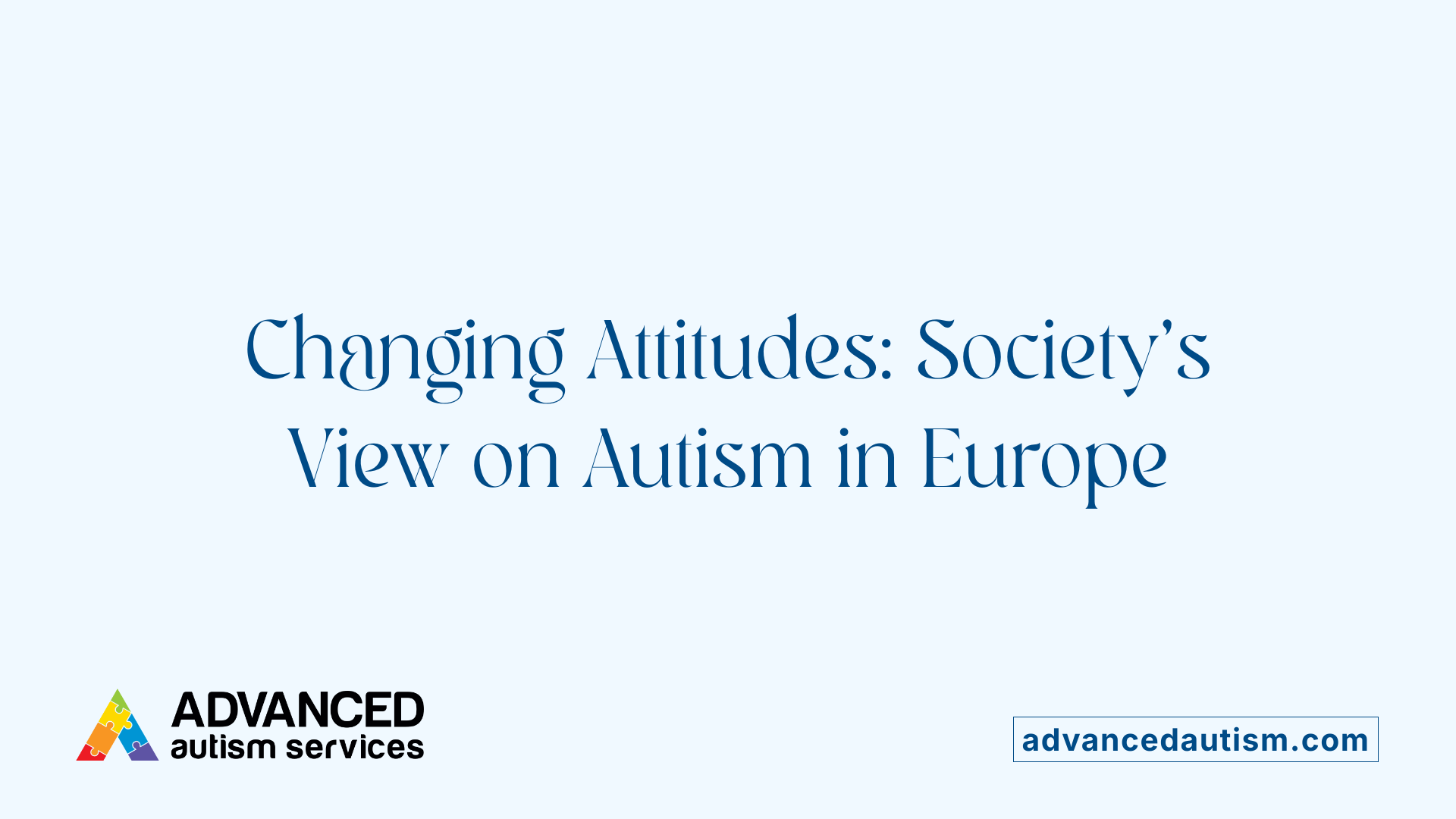
What are the societal perceptions and cultural attitudes towards autism in Europe?
In Europe, perceptions of autism are gradually shifting towards greater understanding and acceptance. Increased awareness campaigns, advocacy efforts, and research contributions have played a role in breaking down stereotypes and reducing stigma around autistic individuals.
However, attitudes towards autism are not uniform across all European countries and communities. Cultural norms, traditional beliefs, and levels of knowledge significantly influence how autism is viewed. In some regions, misconceptions persist, with autism sometimes being misunderstood or stigmatized as a supernatural or abnormal condition. These misconceptions can lead families and individuals to face social exclusion or discrimination.
Cultural values concerning independence, social interaction, and parenting greatly impact perceptions. Societies that emphasize communal living and collective support tend to be more accepting and supportive of autistic individuals. Conversely, cultures that prioritize independence and conformity may pose barriers for acceptance and integration.
For minority and immigrant groups within Europe, additional challenges exist. Language barriers, cultural misunderstandings, and lack of tailored information often hinder early recognition and access to services for autistic individuals from these communities. As a result, these groups frequently encounter delays in diagnosis and support, underscoring the importance of culturally sensitive approaches.
Despite advancements, ongoing efforts are essential to combat stereotypes, foster empathy, and promote inclusive attitudes across Europe. Education, public awareness campaigns, and community engagement remain crucial in creating a society where autistic individuals are valued and supported in their pursuit of quality life.
Key Autism Initiatives and Events in Europe
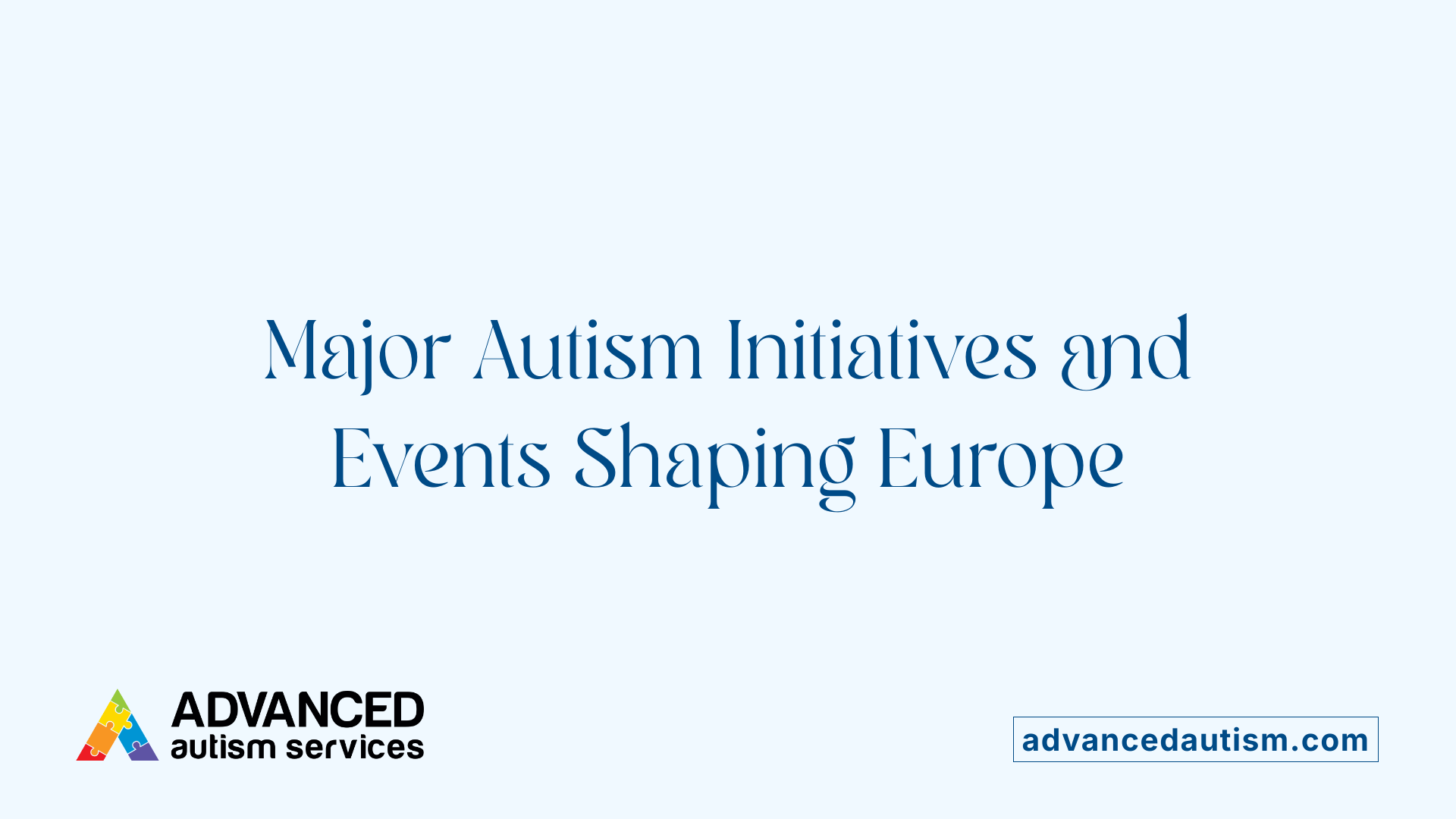
What are key autism-related events and initiatives in Europe, including the Autism Europe Congress?
One of the most significant gatherings in Europe is the Autism Europe Congress, which serves as a major forum for promoting awareness, research, and advocacy for autistic individuals across the continent. The upcoming 14th Autism-Europe International Congress is scheduled to take place in Dublin from September 11th to 13th, 2025. This event will focus on the theme 'Quality of Life – Research, Policy and Practice,' aiming to deepen the understanding of autism and improve life outcomes.
During the congress, a diverse range of participants including researchers, clinicians, autistic individuals, family members, and policymakers will engage in discussions to share best practices and innovative solutions. The congress fosters a multidisciplinary approach, encouraging collaboration across sectors.
Apart from the congress, Europe hosts numerous initiatives such as awareness campaigns that aim to educate the public about autism. One notable project is Dublin’s aspiration to become the first autism-friendly capital city in the world, reflecting progress toward greater accessibility and societal acceptance. Various national advocacy groups actively promote policy changes and better services for autistic people.
How do these initiatives influence policy and perceptions?
These events and initiatives play a crucial role in shaping policies and societal attitudes. The congresses serve as platforms where stakeholders exchange knowledge, showcase successful practices, and advocate for inclusive reforms. This exchange influences national and European policies, ensuring the rights and needs of autistic individuals are recognized and prioritized.
City projects like the autism-friendly initiative in Dublin demonstrate tangible changes in urban planning, public services, and community spaces, making societal environments more accommodating. Advocacy groups leverage the visibility generated from these events to push for legal and social reforms, advancing acceptance and reducing stigma.
Overall, such efforts are instrumental in shifting perceptions, fostering greater understanding, and building inclusive communities across Europe. These initiatives collectively contribute toward a cultural transformation that values diversity and supports the well-being of autistic individuals.
Language, Communication, and Rights of Autistic People in Europe
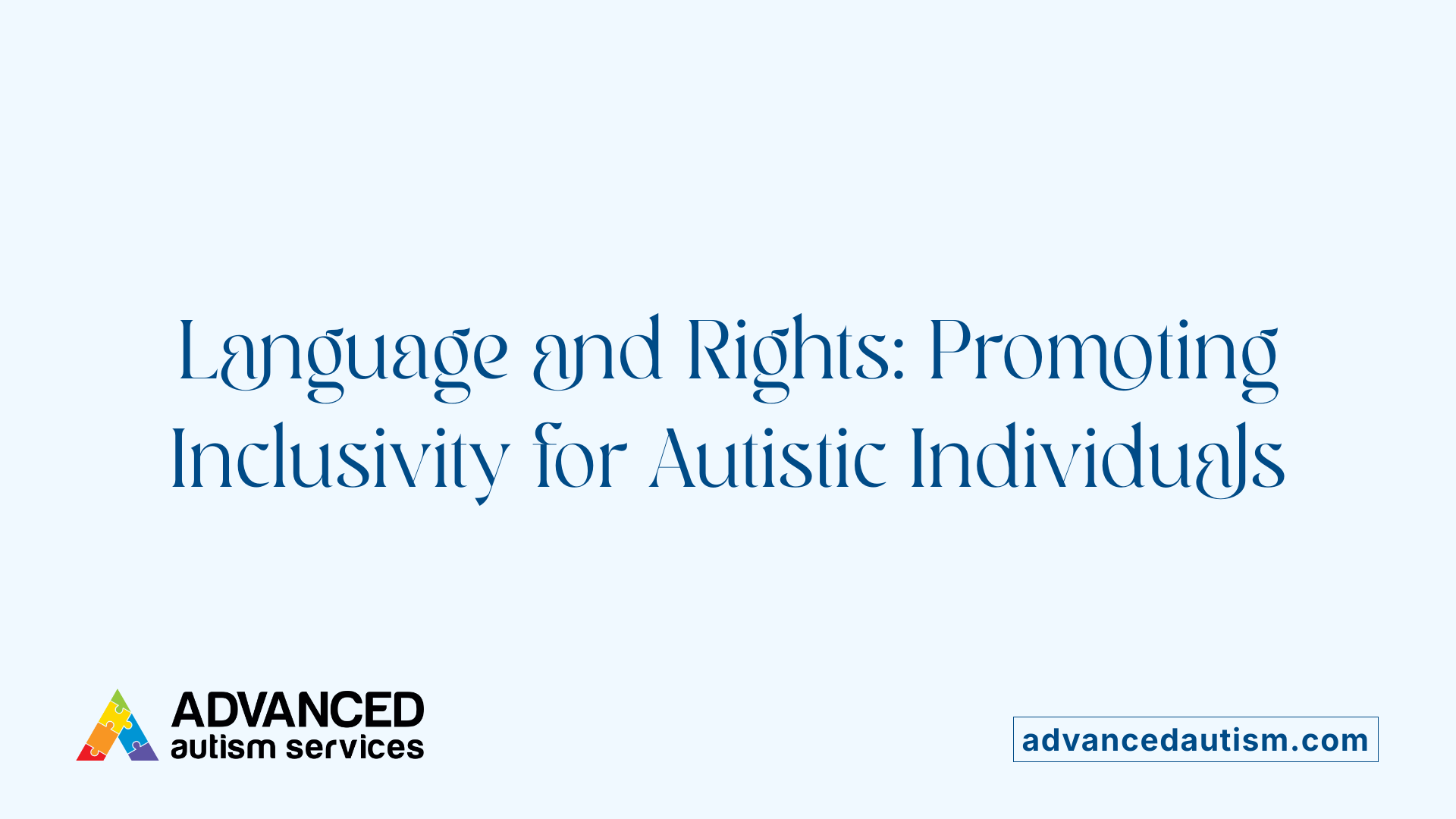
What are the guidelines on language, terminology, and communication regarding autism in Europe?
European guidelines emphasize respectful and person-centered language that reflect neurodiversity principles. The preferred terminology includes phrases like 'autistic person/people' or 'people on the autism spectrum,' avoiding stigmatizing words. It is important to steer clear of terms such as 'suffers from' or outdated language like 'retarded,' which can perpetuate negative stereotypes.
Effective communication in autism support settings involves recognizing body language, facial expressions, tone of voice, and understanding idiomatic expressions, humor, and social cues. These guidelines advocate for the use of evidence-based methods, including speech and language therapy, social skills training, and augmentative and alternative communication (AAC) tools.
Collaboration with autistic individuals and their families is essential, ensuring communication strategies are inclusive and accessible. The overall goal is to uphold human rights and dignity by fostering understanding and respectful interaction across diverse languages and cultures.
How do historical and current advocacy shape these standards?
The evolution of communication standards in Europe has been strongly influenced by advocacy efforts from organizations like Autism-Europe and broader human rights movements. These groups have historically promoted respectful, inclusive language and policies that recognize autistic individuals' dignity and rights.
Through campaigns and policy influence—such as advocating for the UN Convention on the Rights of Persons with Disabilities—these organizations have helped establish uniform, respectful communication practices. Foundational documents like the 'Charter for Persons with Autism' (adopted in 1996 by the European Parliament) set important precedents.
Contemporary guidelines build on this legacy, emphasizing evidence-based approaches and awareness of complex linguistic phenomena like the double empathy problem, which recognizes mutual and reciprocal understanding between autistic and non-autistic people. The ongoing efforts aim for routines and practices that support social inclusion, understanding, and respect for human rights in all communication efforts.
The Role and Impact of Autism Organizations in Europe
What is the history and role of organizations like Autism-Europe?
Founded in 1983 in Ghent, Belgium, Autism-Europe has grown into a leading umbrella organization representing nearly 90 associations and individual members from 38 European countries. Its main mission revolves around improving the quality of life for autistic individuals and their families through advocacy, raising awareness, and influencing policy. Inspired by early collaborations between parents and professionals, Autism-Europe has historically played a pivotal role in shaping understanding and acceptance of autism across the continent.
One of its most significant contributions was the creation of the 'Charter for Persons with Autism' in 1996, which lays out fundamental rights for autistic individuals and was later adopted as a European Parliament declaration. The organization also participated in drafting the UN Convention on the Rights of Persons with Disabilities in 2006. Over the decades, Autism-Europe has actively championed initiatives that promote inclusive education, employment, and social integration, aiming to foster respectful and equitable societies for autistic people.
How do advocacy efforts translate into policy and societal change?
Through strategic advocacy campaigns and solid partnerships with policymakers and stakeholders, Autism-Europe has successfully raised awareness and influenced fundamental policy reforms. Its engagements with the European Parliament, such as supporting the 2015 Written Declaration on Autism, have propelled the recognition of autistic rights at an institutional level.
Campaigns advocating for inclusive education, employment opportunities, and community-based support have challenged stigma and fostered societal acceptance. These efforts encourage policies that prioritize community participation, reduce barriers, and provide access to necessary services. Moreover, autism organizations' persistent dialogue with families, researchers, and professionals ensures policies are informed by real-life experiences and the latest scientific knowledge.
Continuous advocacy not only impacts legislation but also shifts societal attitudes, leading to more inclusive communities where autistic individuals are valued and supported. This ongoing work underscores the importance of unified efforts in creating a more accepting and accessible Europe for all.
Challenges, Future Directions, and Policy Recommendations
What are the main challenges and policy recommendations for autism care and inclusion in Europe?
Europe faces several obstacles in providing comprehensive care and fostering inclusion for autistic individuals. One major challenge is the significant disparity in the quality and accessibility of services across different countries and regions. While some nations, like Italy and Spain, offer relatively higher levels of intervention post-diagnosis, many others, including the UK, struggle with long wait times and limited support.
Gaps in legislation further complicate efforts. Although organizations like Autism-Europe have been instrumental in advocating for rights—highlighted by initiatives such as the 'Charter for Persons with Autism'—there remains inconsistency in how these rights are protected and applied across nations. This results in delayed diagnoses, insufficient support services, and barriers to employment for autistic adults.
Data collection also presents hurdles. Variations in research methods, sampling, and diagnostic criteria lead to differing prevalence estimates, making it difficult to allocate resources effectively. Improved, standardized data collection is necessary to understand true national and regional needs.
Cross-border cooperation is an avenue for addressing these issues. By sharing best practices, standards, and data, countries can learn from each other and implement reforms more efficiently. Initiatives like the upcoming Autism-Europe Congress in Dublin, which promotes research and policy dialogue, exemplify this collaborative spirit.
Policy improvements should focus on harmonizing legislation related to autism care and rights across the European Union. Increasing investments in workforce training ensures that professionals are equipped to deliver early, accurate diagnoses and tailored interventions. Expanding research and establishing robust data collection systems are vital for monitoring progress and identifying gaps.
Public awareness campaigns and inclusive practices must be prioritized to foster societal acceptance. Special attention should be given to underserved communities, ensuring equitable access to services and opportunities. Cross-border accessibility to care and information can also help address regional disparities.
In summary, tackling disparities, closing legislative gaps, refining data collection, enhancing cross-country collaboration, and implementing strategic policy reforms are crucial steps. These measures will help move toward a Europe where all autistic individuals receive equitable support and are fully included in society.
Advancing Autism Rights and Inclusion in Europe
While Europe has made significant strides in awareness, policy, and support, ongoing challenges remain. Harmonizing legislation, increasing resources, and fostering inclusive societal attitudes are critical to ensuring that autistic individuals can access the support and opportunities they deserve. With continued advocacy, research, and a commitment to human rights, Europe is moving towards a future where acceptance and inclusion are the norm, empowering autistic individuals to lead fulfilling lives.
References
- Autism Europe
- Prevalence rate of autism - Autism Europe
- Autism care pathway in Europe - PMC
- Autism Congress 2025
- Autism-Europe - Wikipedia
- (PDF) The Prevalence of Autism Spectrum Disorder in Europe
- A conceptual framework for understanding the cultural and ...
- European studies on prevalence and risk of autism spectrum ...



